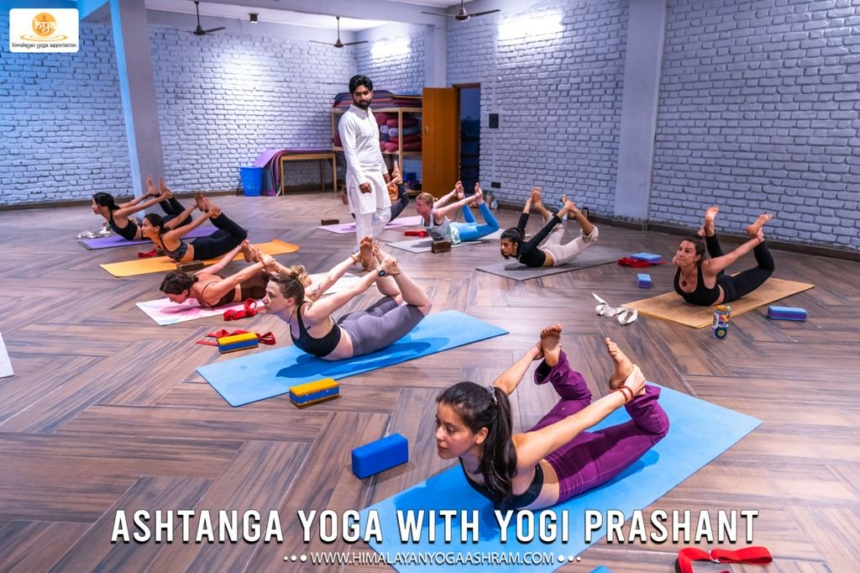Yoga and cardiovascular system
By Himanshu JoshiYogacardiovascular system, yogic practice, yogic sleepYoga improves heart health
Your heart is one of the busiest internal organs, working non-stop pumping blood throughout the body. If you look at the anatomy of the heart, it’s almost like a house with walls, rooms, doors, plumbing and an electrical system. Together these parts supply blood and nutrients to other parts of the body. Blockage in arteries could block the flow of blood which could cause a heart attack. A trouble with electrical system of the heart can lead to sudden cardiac arrest and immediate death.
To ensure our heart is healthy we must make sure all its parts are working well which means we have to keep all the risk factors in check. High blood pressure, high LDL cholesterol, diabetes, smoking, obesity, unhealthy diet, and physical inactivity all can increase chances of cardiac diseases and cardiac death. Yoga can be beneficial for heart health in several ways. Regular yoga practice can help lower blood pressure and cholesterol, which are major risk factors for heart disease. Yoga’s emphasis on deep breathing and relaxation techniques can also help to reduce stress and anxiety, which can contribute to heart disease.
Yoga postures, or asanas, can also help to improve blood circulation and increase the strength and flexibility of the heart muscle. The combination of physical movement, deep breathing, and relaxation that is practiced in yoga can also help to improve overall cardiovascular fitness. Research studies have shown that practicing yoga can lead to significant improvements in heart health markers such as blood pressure, cholesterol, and heart rate variability. One study found that 12 weeks of yoga practice led to a significant reduction in systolic blood pressure and total cholesterol in individuals with hypertension and hypercholesterolemia. Another study found that practicing yoga for 12 weeks led to a significant increase in heart rate variability, which is an indicator of a healthy heart. In addition to the physical benefits, yoga also provides a holistic approach to overall health and well-being. Yoga’s emphasis on mindfulness and self-awareness can help individuals to make positive lifestyle changes that can support heart health, such as maintaining a healthy diet, quitting smoking, and managing stress.
Yoga helps in managing blood pressure
Blood pressure is a silent killer and before you know it can damage your arteries decreasing flow of blood to your heart putting it in great peril. It can even lead to kidney issues and eye damage. Yoga is an excellent therapy to manage blood pressure in addition to the medicines prescribed to you. Research has suggested that certain yoga poses, such as the downward-facing dog, the child’s pose, and the legs-up-the-wall pose, can help to lower blood pressure. Additionally, yoga’s focus on breathing and relaxation techniques can also help to reduce stress, which is a major risk factor for high blood pressure. It is important to consult with a doctor before starting any new exercise regimen, especially if you have high blood pressure or any other health concerns.
A systematic review and meta-analysis of 12 randomized controlled trials published in the Journal of Hypertension in 2015 found that yoga was associated with a significant reduction in systolic and diastolic blood pressure compared to control groups. Another study published in the International Journal of Yoga in 2017, found that 12 weeks of regular yoga practice was associated with a significant reduction in both systolic and diastolic blood pressure in individuals with hypertension. However, it is important to note that the studies on yoga and blood pressure have been relatively small, and more research is needed to determine the long-term effectiveness of yoga in controlling blood pressure.






